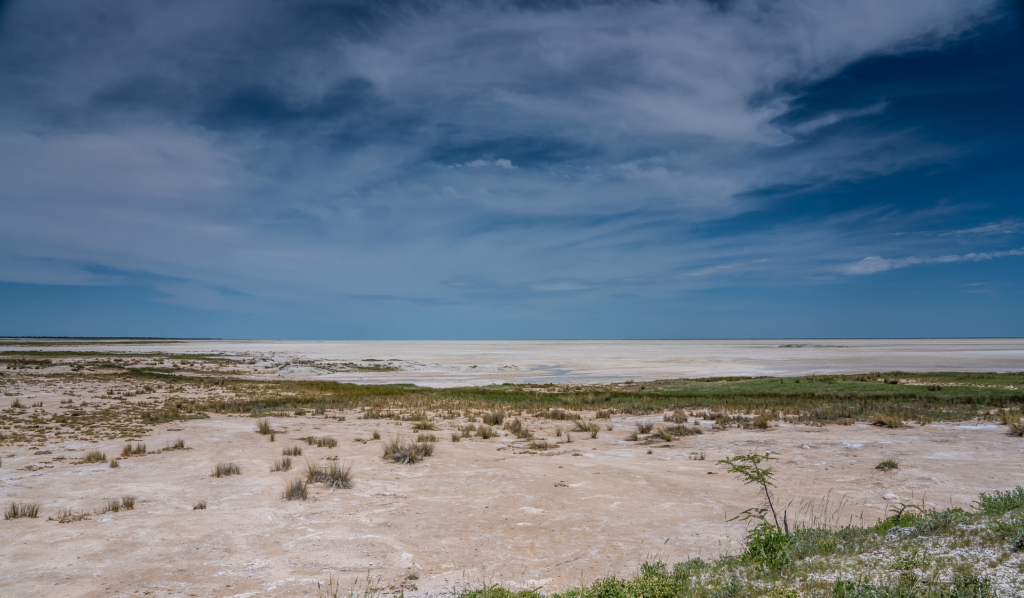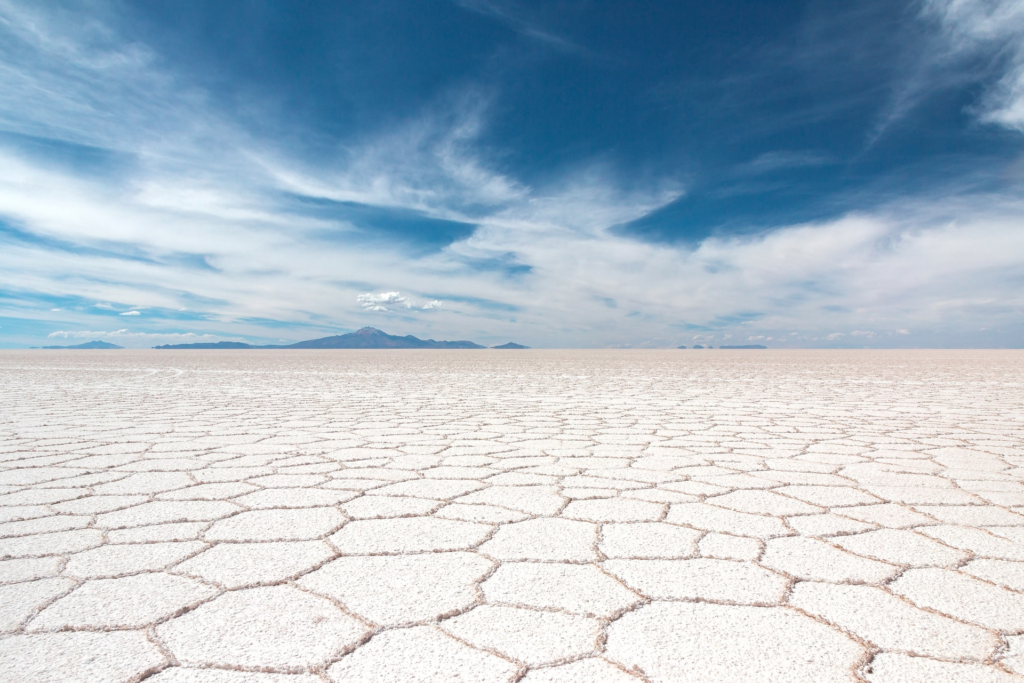(par 5.1.2) Salinization

http://people.oregonstate.edu/~muirp/saliniz.htm Salinization refers to a build up of salts in soil, eventually to toxic levels for plants. (3,000 – 6,000 ppm salt results in trouble for most cultivated plants.) Salt in soils decreases the osmotic potential of the soil so that plants can’t take up water from it. When soils are salty, the soil has […]
(par 5.1.2) Soil salinity (taken from wikipedia)

http://en.wikipedia.org/wiki/Soil_salination From Wikipedia, the free encyclopedia Visibly salt-affected soils on rangeland in Colorado. Salts dissolved from the soil accumulate at the soil surface and are deposited on the ground and at the base of the fence post. Soil salinity is the salt content in the soil; the process of increasing the salt content is known as salinization.[1] Salts occur naturally […]
(par 5.1.2) Slash-and-burn (taken from wikipedia)

http://en.wikipedia.org/wiki/Slash-and-burn From Wikipedia, the free encyclopedia Not to be confused with scorched earth. “Occupational burning” redirects here. It is not to be confused with occupational burnout. Slash-and-burn practices in Eno, Finland, 1893 This astronaut photograph illustrates slash-and-burn forest clearing along the Rio Xingu (Xingu River) in the state of MatoGrosso, Brazil. Slash-and-burn is an agricultural technique that involves the cutting […]
